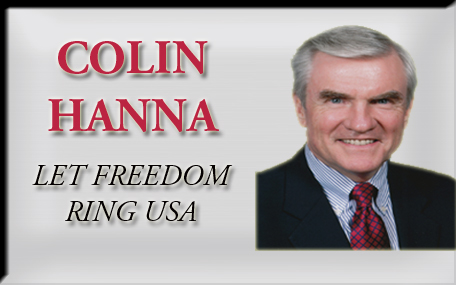Tariffs in the Context of Strategic Significance

President Donald Trump is nothing if not unorthodox, so no one should be surprised when he proposes something as unorthodox as reinstating tariffs that fly in the face of the orthodoxy of free trade, as he is now proposing for steel and aluminum. In this case, I think he’s right.
The holy grail of free trade is the combination of lower prices for American consumers and bigger markets for American exporters. The goal within the grail is to have something close to a dollar balance between imports and exports. When this country made more stuff than any other nation, lowering the tariff barriers to entering other countries’ markets was always in America’s interest, because American-manufactured goods were generally of higher quality and lower price than the domestically-produced products of smaller nations. We had economies of scale from serving the world’s largest market, and in many cases the most advanced technologies could be found in American products. Importing products that are highly labor-dependent from low-wage countries results in lower prices for those goods for American consumers.
Some of the underlying assumptions of free trade for the past 100 years or so are no longer the case. Many American manufactured products no longer have the technological edge and are often more expensive. Opening new markets to American manufacturers is no longer a virtual guarantee of more export sales. So, exports are reduced, and we are left with a trade deficit. There are only two ways to address a trade deficit: export more or import less. Currency manipulations can affect the balance, but the principle remains the same: export more in dollar value than we import.
But there’s another factor that is typically ignored in a purely economic analysis, and it’s what I call strategic significance. Certain capabilities are essential to maintaining the largest military power on earth – steel, aluminum, aircraft manufacturing and certain electronics, such as chip manufacturing. To make this point, let’s construct a scenario in which another nation wants to weaken our military might so that they can obtain a global strategic advantage over us. If they could undermine our capacity to make ships and aircraft, we would become dependent on other nations for ships and aircraft. If they could hide some stealth circuitry in computer chips in our military equipment and power grid that could be switched on to cause havoc, our very viability as a nation would be threatened. If they undermined our strategically significant industries with artificially lower prices, they’d weaken our industries even faster. Isn’t this what’s happening now, especially with regard to Chinese steel?
Not all industries are of similar strategic significance. We’re probably better off with low-priced apparel, for example, even if certain domestic apparel makers are driven out of business. The loss of our shoemaking, furniture and even consumer electronics industries aren’t of such strategic significance that we’d be crippled as a free state without them.
Dependence on potentially unfriendly nations for oil has already demonstrated how easily we can become vulnerable, and indeed energy would make my short list of strategically significant industries, but for the time being, we’re much less dependent on foreign suppliers.
So, steel and aluminum are legitimate candidates for protective tariffs based on their strategic significance, even if there is an offsetting economic cost. Furthermore, the leverage that threatening tariffs on steel and aluminum imports from our neighbors and largest trading partners Canada and Mexico gives this administration is, as the President might say, YUGE, as he attempts to renegotiate the NAFTA trade agreement.
Finally, there is a connection between trade and jobs that many free-trade advocates try to deny. Famed Reaganite economist Art Laffer is one of the most vocal and forceful in denying this connection. Here are three of his unambiguous statements on the subject: “Free trade is the answer.” “Protectionism is a big, big mistake.” “There is no connection between trade and jobs. None.” The 500 workers whom U.S. Steel has said this week that they would hire back don’t believe that. Nor do I. The President may not be an economist, and he may have just suffered the resignation of his chief economic advisor over this very issue. But economists are often wrong. As Harry Truman famously said, “if you lined up all the economists end to end, they’d still find a way to point in different directions.” There’s a reason that theirs is sometimes called “the dismal science.” They may be right that protective tariffs are economically inefficient, but in the case of steel and aluminum, there’s a Trump factor, and it’s strategic significance. The President is right on this one.






